The release of Microsoft Windows 10 has generally been successful for the home market but should you consider migrating your enterprise desktops to Windows 10 yet? Our answer at Liquidware Labs is, “Yes, but plan your migration carefully. As a safeguard, use Stratusphere to assess for new desktops and allow ProfileUnity to automate and future proof your migration.” 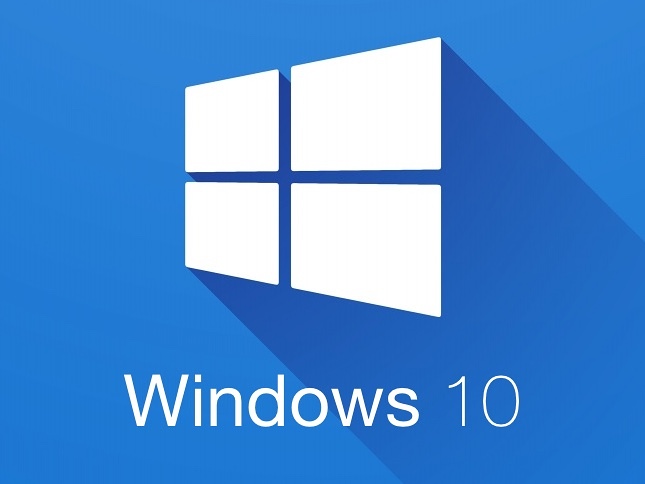 Windows 10 migrations for the home market have largely been successful for most users because of a few things:
Windows 10Â migrations for the home market have largely been successful for most users because of a few things:
- Windows 10 upgrades are free for home users.
- In place Windows 10 upgrades work well for individual home users.
- Windows 10 runs better than Windows 7/8.1 for many users.
So why should businesses plan Windows 10 migrations more carefully? Migrations for the businesses moving to Windows 10 is not so easy. In fact the experience is almost the exact opposite:
- Windows 10 upgrades/licenses are not free for businesses
- In place Windows 10 upgrades from Windows 7 or Windows 8.1 are not seamless for corporate users – too many variables, roaming profiles, user authored data in various locations, more applications that may not be compatible, etc
- Windows 10 may NOT run better on the same hardware because of more variables – more intensive (resource using) applications, potential application incompatibility, more peripherals to interface with (printers, scanners, etc.)
Windows 10 has been touted by Microsoft as “the last version of Windows.” While that may be true in name, Microsoft will continue to update the OS and will likely continue to change the way user profiles are managed. There is already another profile version for Windows 10 in June of this year (Redstone 1) and with another update already planned for 2017 the profile version may come again. If you are counting profile changes since Windows XP, Microsoft has now changed user profile versions at least 6 times. When profile versions change they effectively break the ability to roam from version to version, making migrations difficult, if not impossible, for businesses with hundreds and thousands of Windows desktop users. Because Windows 10 is still a relatively new OS at this point with significant updates coming, it is a moving target for all User Environment Management (UEM) vendors at this point. To provide a robust user experience for the portability of User Profiles, Policies, and Layered Applications, we’ve narrowed down a configuration that will support it reliably for our customers. The configuration to start with is in our Guided Configuration for Windows 10 environments and is included in the latest version of ProfileUnity User Environment Management.  That configuration is based on reliable items to roam and covers the bulk of a user profile, especially Application Data. So how does Liquidware Labs provide a seamless migration to Windows 10 and beyond?
- ProfileUnity makes profiles work across multiple versions of Windows, from Windows XP to Windows 10 and everything in-between. A profile does not have to actually go through a migration downtime period. Compatibility happens at every login with ProfileUnity – in seconds.
- Liquidware Labs Stratusphere can perform an assessment so you’ll know what machines can support Windows 10. What applications are installed and in use in the legacy environment so you will know which ones should be installed, layered, or virtualized into the new OS. Stratusphere can also give you the decision support you’ll need to size the RAM, CPU, and storage in your new Windows 10 desktops or virtual desktops.
- ProfileUnity has advanced folder redirection that can harvest user authored data from legacy desktops before users go to a new OS or desktop. The contents of folders like “My Documents” and “Desktop” can be set to automatically migrate in the background. Users can even use the files so there is zero user downtime.
- ProfileUnity can allow mixed desktop OS environments to co-exist. You don’t even have to upgrade all of your machines to Windows 10 at once. Move users to Windows 10 by user or department if you wish. Profiles can be set to be backwards compatible if users logon to old machines.
- When changes are made to Microsoft profiles in future updates of Windows, ProfileUnity will be in place and be able to automatically handle those changes to avoid future migrations.
- With ProfileUnity you can tweak Windows 10 updates – it is recommended to keep Windows 10 from automatically updating with new features and only applying security updates. New feature updates may break your Windows 10 implementation if you have not tested them. This is a simple registry tweak that ProfileUnity can do to some or all of you Windows 10 desktops.
Proceed with your Windows 10 migration with confidence knowing that Liquidware Labs has a methodology and has your back. And you can rest easy with future changes to the Microsoft OS because our technical teams are constantly testing Windows to ensure compatibly so you’ll be sure to have a successful migration, now and in the future.

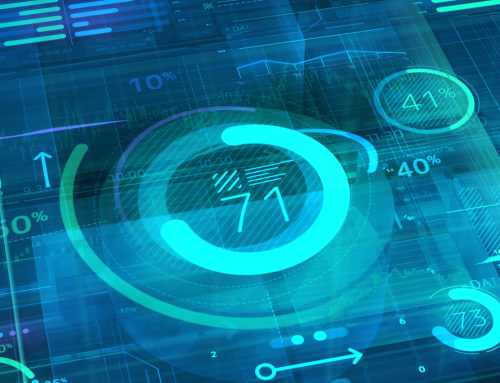
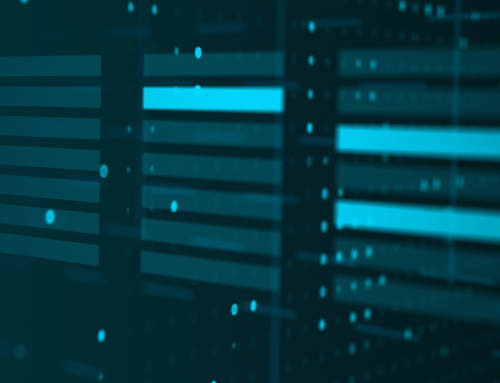
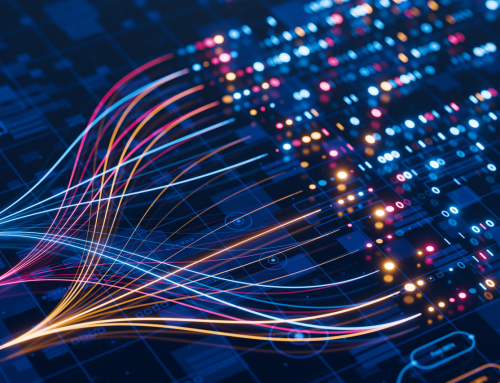
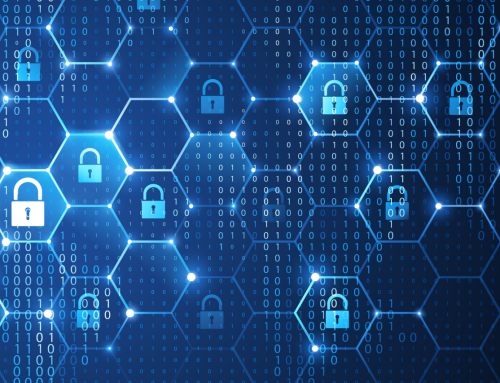

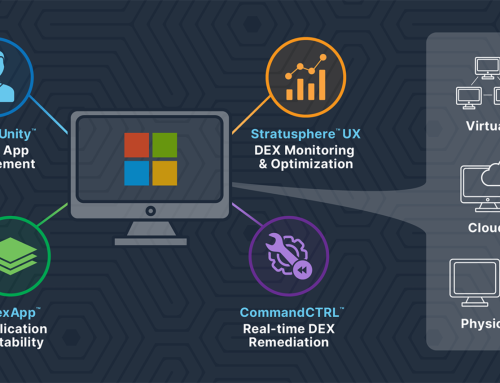

Leave A Comment
You must be logged in to post a comment.